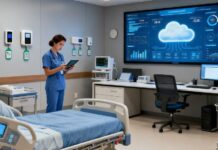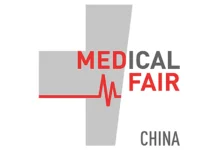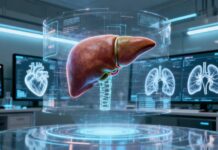Many new hospitals and diagnostic centers are being set up in tier II and III towns all around India and are looking for affordable, reliable systems. Today, 100 percent of the medical imaging equipment, like CT, MRI, Nuclear Medicine are imported by customers in India as there are no local manufacturers, which leads to delays. GE Healthcare is committed to producing more high-end products locally in an effort to make quality products more affordable and accessible to Indian healthcare practitioners, especially those who need such technologies in tier II and III towns.
“Today, we are making a giant leap by manufacturing high-end imaging systems right here in India, making GE the first and only company manufacturing new CT imaging systems in India. In the past we have designed, developed and manufactured ultrasound, ECG, X-ray systems and many sub-systems in India. We are happy to lead this transformation of Made in India solutions for India and the world. It is possible only because we made an early start, invested in three world class manufacturing plants, and one of the biggest R&D centers in India. I am impressed by the progress we are making in India in conceiving new products that address local needs, while giving us solutions that can be taken to other emerging markets. Our aim is to make more such high-end systems in India for Indian customers, meeting their critical needs," said John Dineen, President & CEO, GE Healthcare.
Designed through Six Sigma quality methodology, HiSpeed Dual CT system allows the healthcare practitioner to increase productivity, optimize patient flows and above all improves access to a large number of advanced clinical applications.














